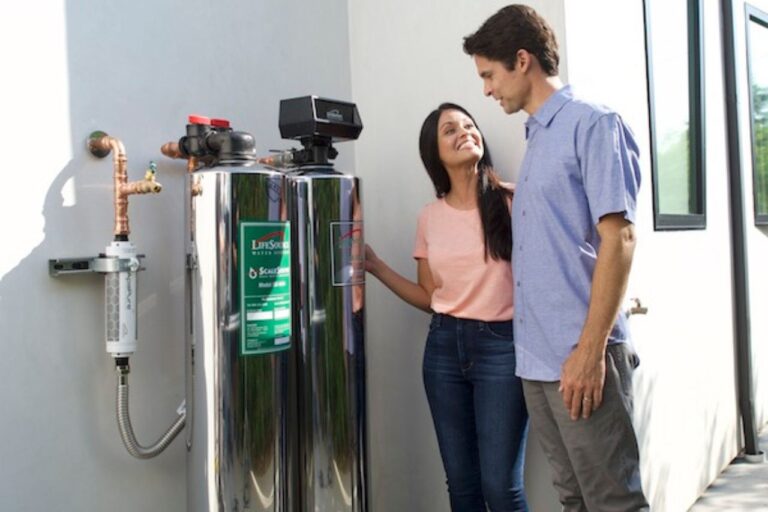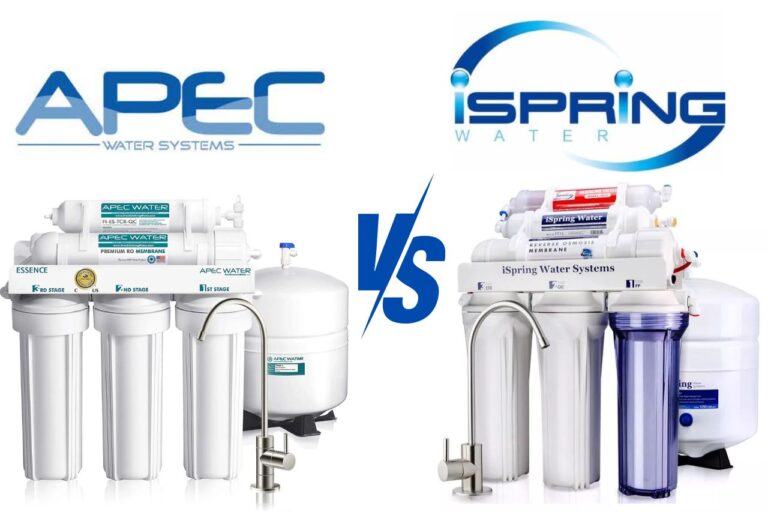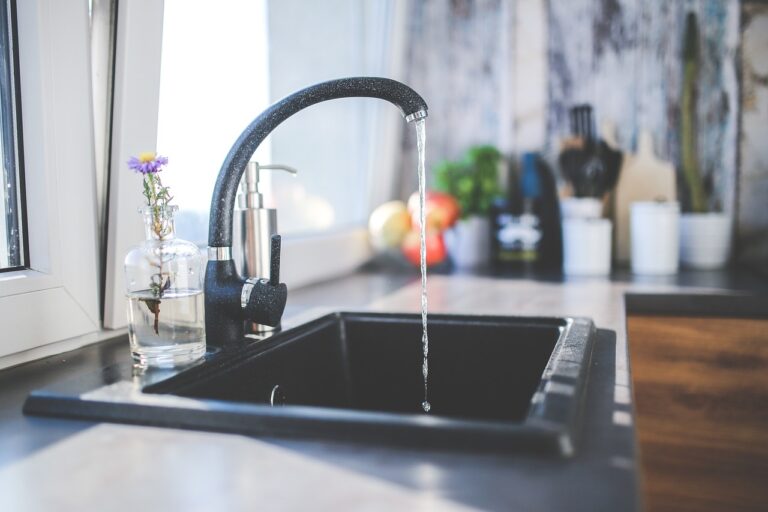Maximizing the Lifespan of Your Brita Water Filter
Have you ever wondered how you can maximize the lifespan of your Brita water filter? By understanding the proper maintenance and knowing how long your filter should last, you can ensure you always have clean water ready to enjoy.
Why Use a Brita Water Filter?
Brita water filters are popular because they provide an effective, convenient way to improve the taste and quality of tap water. While tap water is generally safe to drink, it often contains impurities and a chlorine taste that can detract from its freshness. Brita filters work by reducing these contaminants, resulting in water that is clearer and tastes better. For many, the convenience of having their own filtration system at home eliminates the need for buying bottled water, which is both cost-effective and environmentally friendly.
How Long Does a Brita Water Filter Last?
Understanding the Lifecycle
Typically, Brita water filter cartridges are designed to last around two months. However, this can vary based on the model and usage levels. Some models, like the Standard Brita Filter, last for up to 40 gallons, while other advanced models, including the Longlast filter, can purify up to 120 gallons.
| Filter Type | Maximum Gallons | Approximate Duration |
|---|---|---|
| Standard | 40 gallons | 2 months |
| Longlast | 120 gallons | 6 months |
| Stream | 40 gallons | 2 months |
Factors Affecting Filter Lifespan
Several factors can influence how long your Brita filter will last. First, the hardness of your water plays a significant role. Hard water will wear out a filter more quickly because of the higher levels of minerals. The number of people in your household and your frequency of use will also impact the lifespan. More frequent use results in quicker filter replacement. To get a better understanding, keep track of how often you fill your Brita pitcher each day.

Signs It’s Time to Replace Your Filter
Knowing when to replace your filter is key to maintaining water quality. Here are some signs that might indicate it’s time for a new filter:
- Taste or Smell: If you notice a return of the chlorine taste or smell, this is a clear sign that your filter might be worn out.
- Slowing Flow Rate: If the flow of water slows down considerably, it could mean your filter is clogged with impurities.
- Indicator Light: Many Brita pitchers come with an electronic indicator. If it signals that it’s time for a replacement, take heed.
Tips to Extend Your Brita Filter’s Lifespan
Start with Pretreated Water
By using pretreated water—like from a faucet filter or a pre-filter pitcher—you reduce the burden on your Brita filter. This simple step can help prolong its life.
Regular Cleaning
A clean pitcher means your filter has an easier job. Regularly wash your Brita pitcher, lid, and reservoir with mild soap and warm water. This simple maintenance can prevent the buildup of contaminants that might affect the filter.
Store Properly
Store your Brita pitcher in a cool, dark place. Avoid leaving it out in direct sunlight, which can encourage algae growth. Always keep it refrigerated when possible, as bacteria are less likely to thrive in cold environments.

How to Replace Your Brita Water Filter
Changing your Brita filter is quick and straightforward. Here’s a guide to ensure you’re doing it correctly:
- Prep Your Pitcher: Prior to adding a new filter, wash your pitcher, lid, and reservoir with a gentle soap.
- Soak the New Filter: Soak your filter in water for about 15 minutes to ensure it’s fully saturated and ready for use. This step is especially important for the Longlast filters to prevent air bubbles.
- Rinse the Filter: Rinse the filter under running water for a few seconds before installation.
- Install the Filter: Place the filter into the reservoir, ensuring it is securely in place.
- Flush the Filter: Run water through your filter two to three times and discard the first two pitchers’ worth of water. This step is vital to clear out any loose filter debris.
Benefits of Regular filter replacement
Healthier Water
Replacing your filter regularly ensures that your water is free from impurities, which can help maintain your health by reducing exposure to potentially harmful contaminants such as lead, mercury, and chlorine.
Improved Tasting Water
After changing the filter, you’ll often notice an immediate improvement in the taste of your water. Clean filters are better at removing any odors or tastes imparted by chlorine or other substances.
Environment and Cost Benefits
Using a water filter system reduces the reliance on single-use plastic bottles, which can have a significant environmental impact. Additionally, over time, using a Brita filter system is more affordable compared to purchasing bottled water regularly.
Calculating Cost-Effectiveness
To calculate the cost-effectiveness of using Brita filters, consider the price of one filter (which ranges from $5 to $15 depending on the type) and the number of gallons it can filter. Compare this with the cost of an equivalent amount of bottled water:
Assuming a standard filter lasts for 40 gallons:
- Average cost of bottled water per gallon: approx. $1
- Cost of Brita filter for 40 gallons: $10
Buying bottled water: $40
Using a Brita filter: $10
Savings per filter cycle: $30
Impact on Plastic Use
Beyond personal cost savings, using a Brita filter significantly reduces the amount of plastic waste you produce. On average, filtering 40 gallons at home prevents the use of 300 plastic water bottles (assuming standard bottle size of 16.9 oz).
Troubleshooting Common Filter Issues
Sometimes, even after replacing the filter, you might experience issues like a slow filtration rate or off-tasting water. Here’s what you can do:
Slow Filtration Rate
This issue usually arises due to an air bubble trapped inside the filter. Re-soak the filter and try lightly shaking it to dislodge any air trapped inside.
Off-Tasting Water
If the water tastes off even after a filter change, check if the filter is properly installed. Ensure that you have flushed the filter adequately before use. If the problem persists, consider testing your tap water for any unusual contaminants that might not be handled by standard filtration.
Choosing the Right Filter for Your Needs
Brita offers several types of filters, and choosing the right one depends on your needs. Here’s a quick breakdown:
| Brita Filter Type | Best For | Special Features |
|---|---|---|
| Standard | Regular use | Affordable, removes chlorine, cadmium |
| Longlast | Long-term use, minimal change-outs | Lasts 6 months, removes lead |
| Stream | Fast filtration, pitcher use | Quick filtering, compatible with Stream Pitchers |
Conclusion
Taking these steps for maintaining and maximizing the lifespan of your Brita water filter not only ensures healthier, better-tasting water but also offers substantial savings and benefits for the environment. By properly caring for and replacing your filter when necessary, you contribute to a healthier lifestyle and a more sustainable world. As you enjoy your next glass of refreshing water, you can confidently know you’re making a positive impact.







